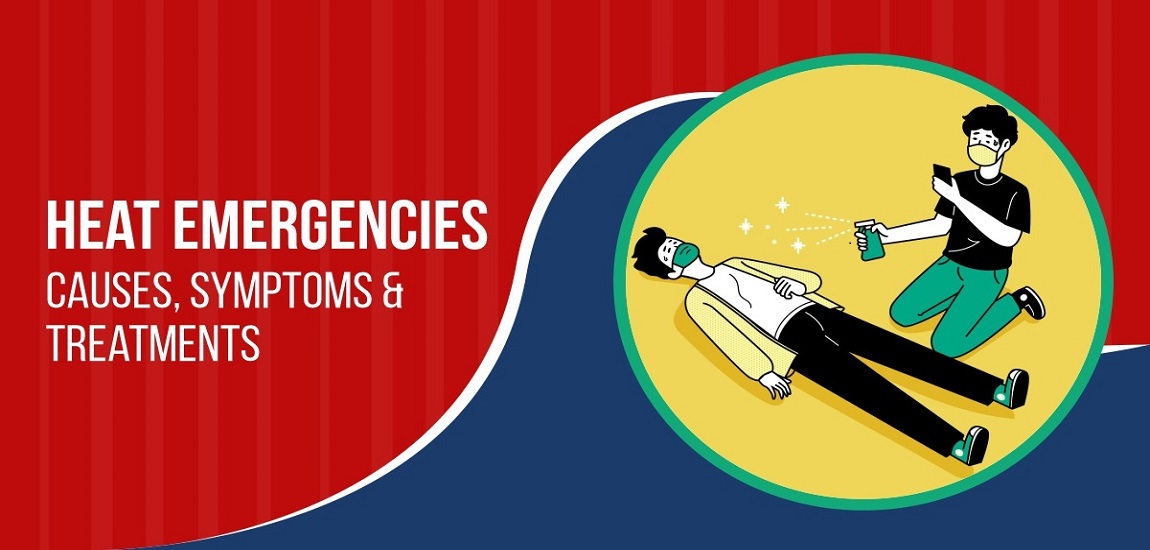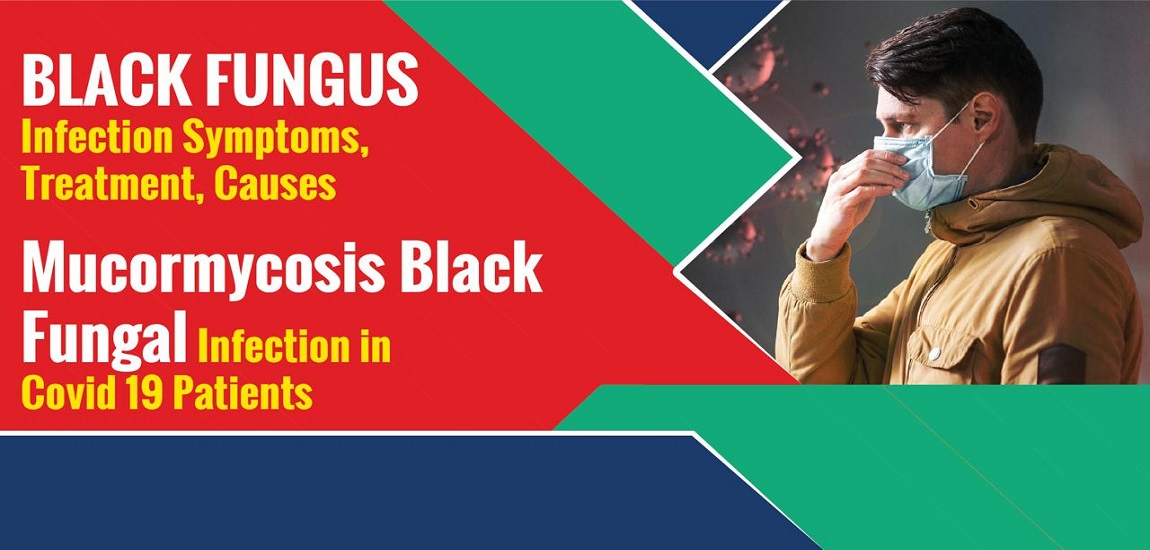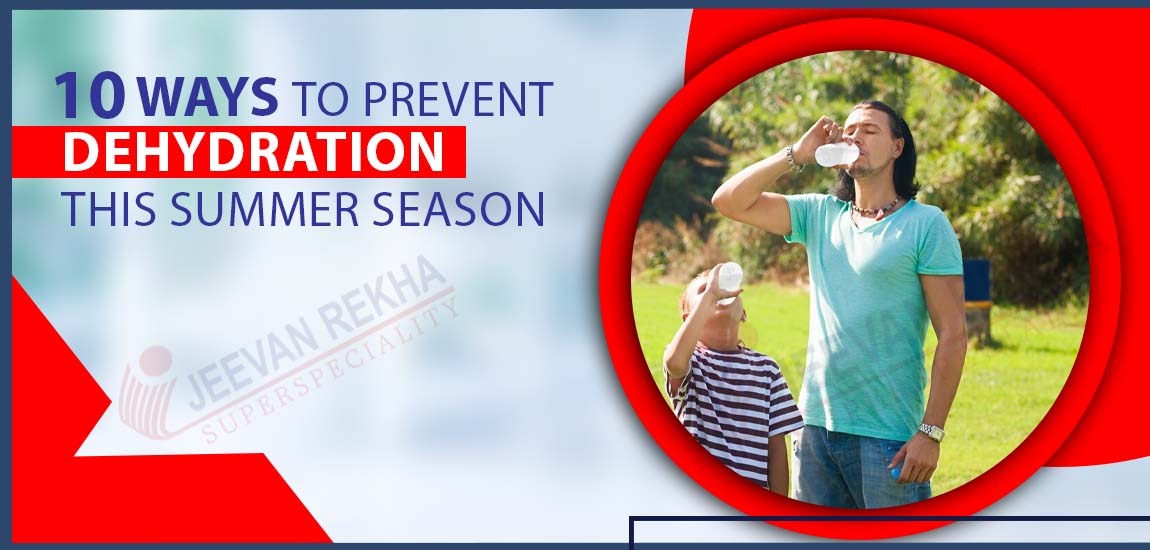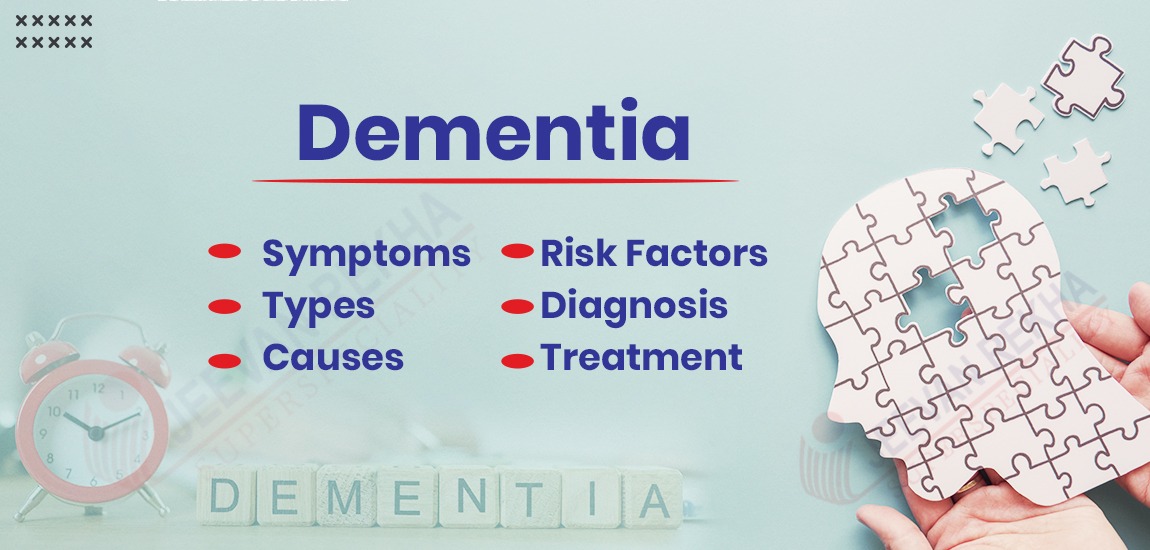
- By JRSH Admin
- In Health and Tips,
- Posted January 27, 2022
Heat Emergencies: Causes, Symptoms & Treatments
What Are Heat Emergencies?
Heat emergencies are health crises caused by hot weather and sun exposure. There are four stages of heat emergencies: heat rash, heat cramps, heat exhaustion, and heatstroke. These are all serious conditions.
When you get overheated, you feel other symptoms such as bumps on your skin, muscle spasms, headache, dizziness, nausea, or several others. The severity of heat illness can vary greatly, and heatstroke can be fatal.
What are the symptoms of Heat Emergency?
There are commonly four types of symptoms seen in Heat emergencies:
1. Heat cramps
Heat cramps are painful, brief muscle cramps. Muscles may spasm or jerk involuntarily. A heat cramp may result from exercise in a hot environment or from working in a hot environment after some time.
Heavy work usually causes leg, thigh, and shoulder cramps, which affect muscles fatigued from heavy lifting.
Muscle spasms that are:
- Painful
- Involuntary
- Brief
- Intermittent
- Usually self-limited (go away on their own)
2. Heat rash
Overheating causes areas of the skin to feel prickly or sting, causing heat rash or prickly heat. Although it can itch a lot, this condition is not dangerous.
The red skin appears to be surrounded by tiny bumps. The most common places to get it are your back, abdomen, neck, upper chest, groin, or armpits. As soon as your skin cools off, it usually goes away.
The most common cause of heat rash is hot, humid weather. Infants tend to get it most often. Those on bed rest with fever, pregnant women, and newborns in incubators are also at a higher risk of getting it.
- Red skin.
- Itchy skin.
- Pain that is tingling or “prickly.”
- There is a rash or small bumps where your skin touches another part of your body, especially your neck, groin, under your breasts, armpits, or in the crease of your elbows.
- Those areas of your skin that stay wet when you sweat may have small bumps or blisters. In addition to your neck and elbows, your upper chest also contains these locations.
- Infection.
3. Heatstroke
Heatstroke occurs when you overheat due to prolonged exposure to high temperatures or physical exertion. When your body temperature reaches 104 F (40 C) or higher, you may suffer heatstroke, the most serious type of heat injury. Summer is the worst time for heatstroke.
- Heatstroke manifests all the symptoms of heat exhaustion and also includes:
- body temperature over 104°F
- irrational behavior or hallucinations
- confusion
- rapid, shallow breathing
- rapid, weak pulse
- seizures loss of consciousness
- dry skin
In heatstroke, there may be sweating. Dehydration may cause the skin of someone suffering from heatstroke to become very dry.
4. Heat Exhaustion
Overheating (getting too hot) leads to heat exhaustion because the body cannot cool itself. Exercise or any physical activity can cause your body to overheat, especially in hot, humid weather.
Sweating is one of how your body loses fluids during physical activity. Water and other liquids can help you replace those fluids, preventing dehydration. You can also become heat sick if you are dehydrated.
Symptoms of heat exhaustion include:
- muscle cramps
- dizziness
- mild confusion
- fast heart rate or breathing
- headache
- irritability
- extreme thirst
- nausea or vomiting
- pale skin
- heavy sweating
- fainting
Causes of Heat Emergency:
1. Heat exhaustion
As a body air conditioner, sweat usually cools your skin. Your body works hard to maintain your core temperature when you’re active (especially in hot weather). A person with heat exhaustion is unable to cool down their body after their body temperature rises too high.
You lose fluids and electrolytes through sweat when you exercise. A mineral called an electrolyte is a substance in your body that helps it function. Become dehydrated if you lose too much fluid and sodium (salt) and do not replenish them. Exhaustion is the result of dehydration.
2. Heat rash
When you sweat too much, you can develop a heat rash. These are caused by clogged sweat ducts. Consequently, sweat leaks into the surrounding tissue, which is an irritant and causes redness. There is a stinging or prickly, sensation associated with this condition.
3. Heatstroke
Several factors can cause heatstroke:
- Being exposed to a hot environment. Heatstroke occurs when the body’s core temperature rises in a hot environment due to non-exertional (classic) heatstroke. A hot, humid climate or prolonged exposure to this weather usually results in heatstroke of this type. Elderly people and those with chronic illnesses are most likely to experience it.
- Physical exertion. During intense physical activity in hot weather, the body temperature goes up, resulting in exertional heatstroke. Those who are not used to high temperatures are more likely to get exertional heatstroke when exercising or working in hot weather.
Heatstroke can occur from either of these causes:
- Overclothes keep the sweat from evaporating easily and prevent you from cooling off
- You can have a problem controlling your body’s temperature by drinking alcohol
- Dehydration is caused by not drinking enough water to replace fluids lost through sweat
4. Heat Cramps
Exactly what causes heat cramps is unknown. Electrolyte imbalances are likely to be responsible. Minerals that make up electrolytes include sodium, potassium, calcium, and magnesium. When your muscles contract, electrolytes are released. Electrolyte imbalances are problematic.
Drinking fluids with inadequate sodium may result in a condition known as hyponatremia, in which the body is low in sodium. By providing salt-enriched fluids to their workers, some factories have virtually eliminated heat cramps.
How Are Heat Emergencies Treated?
1. Heat Exhaustion
If you or someone you know shows signs of heat exhaustion, you should act immediately. You should:
- Cooldown: Get to a cool place as soon as possible. Sit in an air-conditioned building, take a shower or find a shady spot. Another option is to wet the back of your neck or the forehead with cold water and place the cloth there.
- Make sure to drink enough water or a sports drink containing electrolytes throughout the day. For about an hour, drink water, but not too much too soon. Don’t consume caffeine or alcohol.
- Rest: Stop doing all physical activity. Lie down or sit down so your body can rest.
- You should contact your healthcare provider if your symptoms don’t go away after about an hour.
2. Heatstroke
Within 30 minutes of experiencing symptoms, seek treatment. As the overheated person waits for emergency treatment, take immediate action to cool him or her down.
- Get the person into shade or indoors.
- Remove excess clothing.
- The person should be cooled with as many means as possible – a cold tub or a cold shower, spraying with a garden hose, sponge with water while misting with it, placing ice packs on the head, neck, armpits, and groin, or wearing ice packs or cold, wet towels.
3. Heat cramps
In most cases, heat cramps resolve on their own, but here are some home remedies you can try:
- If you can, drink cool water or an electrolyte- and salt-containing sports drink.
- Prepare your salt solution by dissolving 1/4 to 1/2 teaspoon table salt in a quart of water.
You should not use salt tablets on your own. They are not sufficient in replacing lost fluids and can cause stomach upset.
4. Heat rash
- Relocate to a cooler place that’s less humid.
- Scratching your skin could lead to infection.
- Maintain a dry environment.
- Keep your skin dry by not applying ointments or creams.
- To feel more comfortable, you can apply powder to the rash.
- Consider using a fan.
- Avoid tight clothing and clothing that traps heat and moisture
You can also Read: Epilepsy and Seizures: Definition, Causes, Symptoms, Treatment, and Prevention
How Can Heat Emergencies Be Prevented?
- Clothing that fits loosely and is lightweight is best. Your body will not be allowed to cool properly if you wear excess clothing or clothing that fits tightly.
- Don’t get sunburned. When you are outside, wear a wide-brimmed hat and sunglasses and use sunscreen with an SPF of at least 15. Burning your skin can affect your ability to cool yourself off. Reapply sunscreen generously every two hours – or more often if you’re swimming or sweating.
- Fluids are essential. Maintaining a normal body temperature can be achieved by staying hydrated.
- It is important to take certain medications with extra caution. You may experience heat-related problems if you take medications that affect your body’s ability to retain water and disperse heat.
- Never leave an unattended car in a parking lot. Kids can suffer heat stroke or heat stroke-related death this way. Parking in the sun can raise the temperature in your car by more than 11 degrees C (more than 20 degrees F) in ten minutes.Even if the windows are cracked or the car is in the shade, it is not safe to leave someone in a parked car during warm or hot weather. During the day, park your car in a locked garage to prevent children from getting in.
- Don’t exert yourself during the hottest parts of the day. Drink fluids and rest frequently in a cool place if you cannot avoid strenuous activity in hot weather. Consider scheduling exercises or physical labor during cooler times of the day, such as early mornings or evenings.
- Acclimatize yourself. Exercise and work in heat as little as possible until you become accustomed to it. Heat-related illnesses are more likely to strike people who aren’t used to hot weather. The body has to adjust to summer heat over several weeks.
- In case of increased risk, exercise caution. You should avoid the heat if you take medications or have conditions that increase the risk of heat-related problems. If you notice symptoms of overheating, act immediately. Consider having medical services on hand in case of a heat emergency if you are participating in a strenuous sporting event or activity in hot weather.
Tags
Blog Search
Latest Posts
-
Pulmonary Fibrosis Treatment: Understanding Lung Scarring and Breathing Problems
November 21, 2025 -
Arrhythmia: Types, Causes, Symptoms, and Treatment
November 07, 2025 -
Silent Heart Attack: Causes, Symptoms and Treatment
October 24, 2025 -
Pacemaker Surgery: Procedure, Benefits & Recovery
October 10, 2025 -
प्रोस्टेट बढ़ने के लक्षण, कारण, उपचार और परहेज
September 24, 2025




